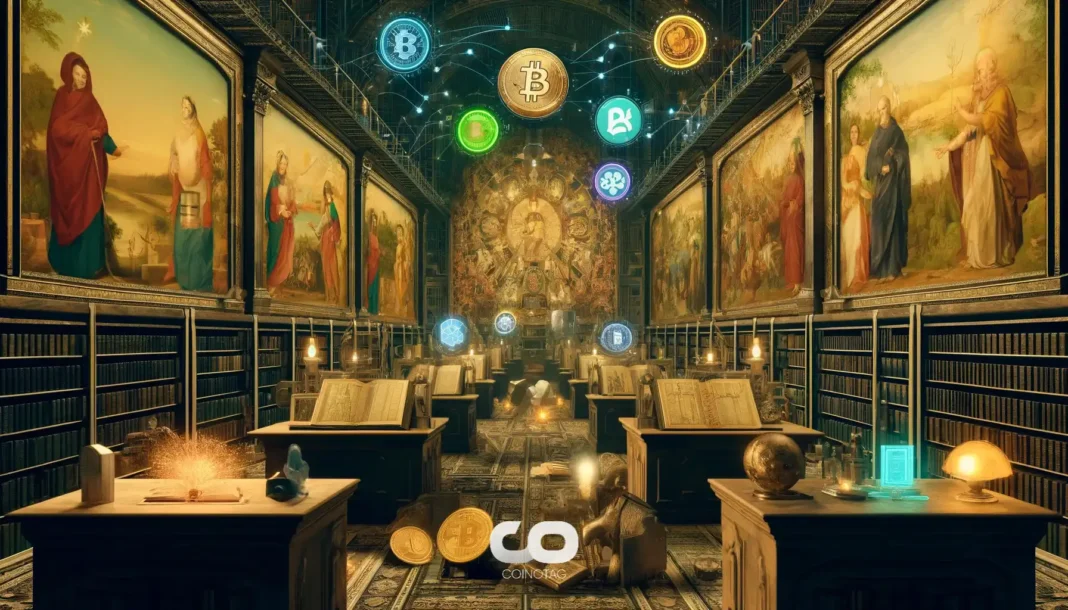-
The ongoing saga of James Howells’ quest to recover his buried $669 million bitcoin fortune epitomizes the challenges of cryptocurrency ownership and loss.
-
The case underscores the precarious nature of digital assets, particularly when physical storage mediums fail or are lost, raising questions about the safety protocols for cryptocurrency.
-
According to Mark Hall, a waste management expert from Business Waste, “Given the harsh conditions of a landfill, the likelihood of the hard drive being in a retrievable state is effectively zero.”
James Howells battles to retrieve $669 million in bitcoin lost in a landfill, facing near-zero odds while sparking broader discussions on crypto asset safety.
James Howells’ Bitcoin Treasure Hunt Faces Significant Challenges
James Howells, a resident of Newport, South Wales, is involved in a gripping legal battle to find a hard drive containing over 7,500 BTC that he mined during the cryptocurrency’s infancy. The drive was accidentally discarded in 2013, and despite a series of legal maneuvers and appeals, the prospects for recovery appear grim. The court’s dismissal of his claim undeniably highlighted the challenges of digital asset recovery, where time and waste dramatically diminish hope.
The Unfavorable Odds of Recovery
Recent assessments from Business Waste have proven crucial in quantifying Howells’ challenges. Mark Hall, a leading expert, estimates that the odds of recovering the bitcoin are approximately 1 in 902 million, rendering any efforts to find the missing hard drive a daunting endeavor. With 1.4 million tonnes of waste already residing in the Newport landfill and the relentless compaction of refuse, locating the hard drive seems more improbable with each passing day.
Expert Opinions on the Waste Recovery Process
Experts have underlined the myriad conditions that further decrease the chances of retrieval. Hall’s statements indicate that exposure to elements such as moisture, heat, and the natural decay processes within landfills would have severely compromised the hard drive’s integrity. Moreover, the lengthy burial time complicates potential recovery: “Leachate and methane gases could lead to rust, corrosion, or even electronic failure,” he noted. Such conclusions underline not only the difficulty of recovery but also the potential dangers associated with searching landfill sites.
The Physical Hazards of Landfill Searches
Beyond the statistical improbability, the physical challenges of conducting a search within a landfill cannot be overlooked. Sharp objects, heavy machinery, and shifting materials create an environment fraught with risks, including hazardous interactions with leachate and accumulated gases. The potential for landslides or fires further complicates any recovery mission, emphasizing the serious safety concerns raised by experts such as Hall.
Howells’ Counterarguments and Future Aspirations
In the face of expert skepticism, Howells remains steadfast in his conviction that recovery is possible. He disputes the assessments of waste management professionals, asserting that modern technologies, particularly those designed for data recovery, could lead to success. The unique aspect of bitcoin data storage, with its minimal footprint and sector-based organization, provides a sliver of hope for Howells and his team. “The data I seek can be recovered despite the machine’s state,” he stated, illustrating the proactive approach of his expert team, which has a pedigree in advanced excavations.
Potential Acquisition of the Landfill Site
Looking ahead, Howells has expressed interest in acquiring the landfill site itself, contingent upon negotiations with Newport City Council. He believes that gaining control of the site would significantly enhance the chances of locating his lost bitcoin. In light of impending site closures aimed at transforming parts of the landfill into a solar farm, his urgency is palpable. “Every day counts,” he conveyed, revealing his firm commitment to resolving this issue through all available channels.
Conclusion
James Howells’ battle encapsulates the intersection of digital finance and physical challenges, sparking dialogue about the importance of secure cryptocurrency storage. While prospects for recovery remain exceptionally low, the implications for the overall understanding of cryptocurrency assets and recovery methods are significant. With ongoing legal appeals and a potential landfill site acquisition in the works, Howells continues to contend that the retrieval of his digital fortune is not entirely hopeless. As the saga unfolds, it serves as a cautionary tale for cryptocurrency holders worldwide.






